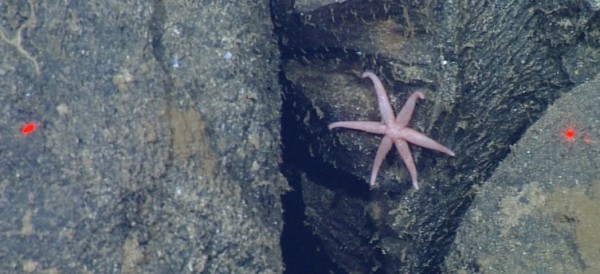
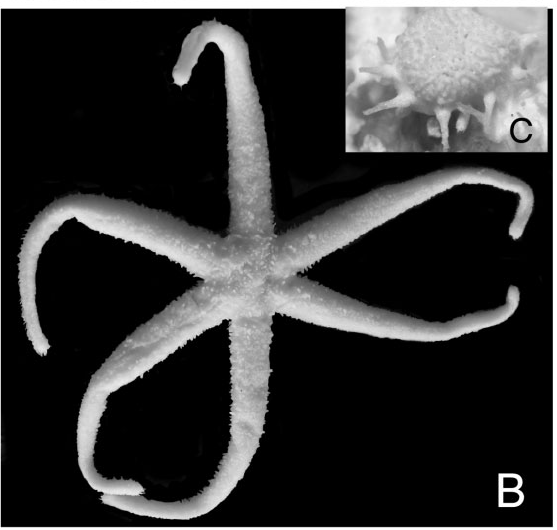
Today is a very exciting day. Indeed, today is one of the best days ever! The next step in my evil science plans for total world domination to unlocking science achievement level 10 is now complete. Thanks to Chris Mah (@echinoblog), one of the world’s leading experts on starfish, there is now a species named after me. I may die but my species, Paulasterias mcclaini, will live on forever. BWAHAHAHAHAAHA.
Why would Dr. Mah name the coolest species of starfish ever after me? Well I’ve agreed to not let out details about his secret superhero identity in the arrangement. Kidding. Along with David Clague, I invited Chris to join us an expedition in 2009 to visit the Northeast Pacific of Washington and Oregon aboard the Monterey Bay Aquarium Research Institute’s Western Flyer.
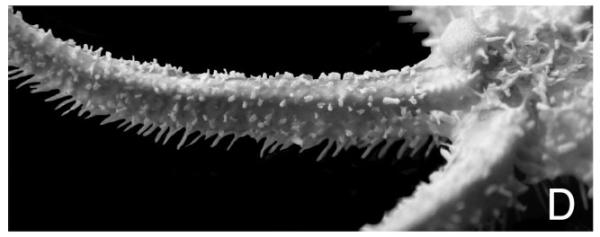
I don’t jest when I say this coolest species of starfish ever. Others may raise an eyebrow to such a statement but there are many reasons.
1. The species is named after me.
2. The species is named after me.
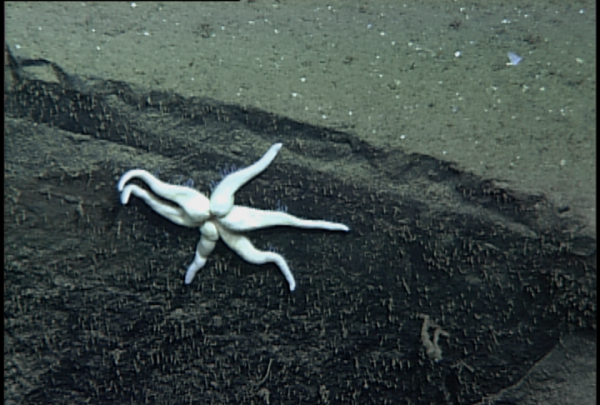
3. Paulasterias mcclaini along with Paulasterias tyleri are part of a brand new family of starfish, Paulasteriidae, the first new family erected in this group of starfish, Forcipulatacea, since the 1800’s. See the evolutionary tree below. You can see these two new species are quite unique genetically from others in the group.
4. The other species and family is named after deep-sea biologist Paul Tyler. Paul’s contributions to deep-sea science are wide spread, novel, and significant. Paul, along with John Gage, literally wrote the book on deep-sea biology. I studied and reread the book many times over years. It has served as inspiration to me and countless others. I also have another important connection with Paul. Years ago my first submersible dive was with him in Harbor Branch’s Sealink. Needless to say I’m in fantastic company.
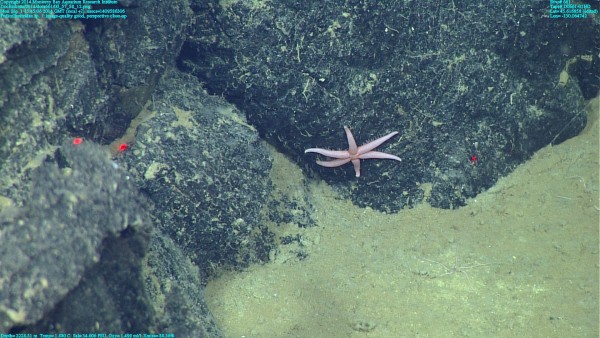
5. Despite echinoderms being a major player in most of the deep sea, no members of been collected as primary members of hydrothermal vent settings. P. mcclaini and P. tyleri are the found either near vents or in proximity.
6. Number 6…well it’s six armed. Five-arm starfish need to learn how to represent.
7. P. mcclaini don’t give a damn. It’s found on rock, mud, pillow lava, vent chimney fragments, and even hydrothermally altered clays interspersed with bacterial mats.
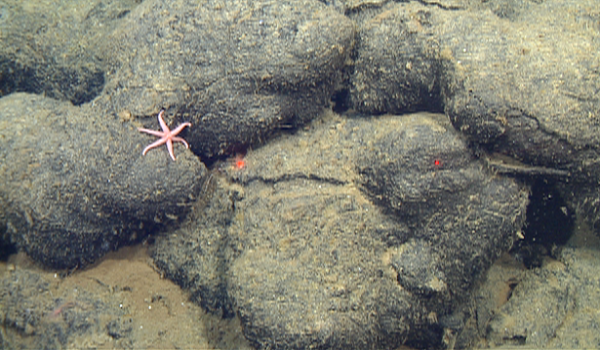
8. P. mcclaini don’t like the heat. It’s not found actually on vents where it’s hot and toxic. This starfish doesn’t need that kind of subprime real estate.
9. Especially on the larger specimens this bad boy starfish has thick, fleshy skin. Indeed, the body is covered by a layer of fleshy, spongy tissue that obscures the plates comprising the body. I realize this sounded cooler before I wrote it down.
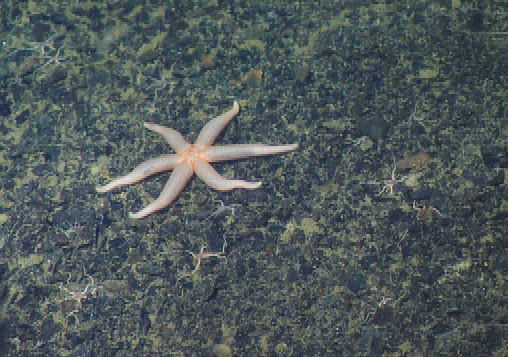
10. Better yet, this starfish is armored and ready for battle. Spinelets cover the entire body.
11. Finally, P. mcclaini might be set on total global domination. Chris Mah sates, “A six-rayed pink species with inflated arms has been observed by the Okeanos Explorer on two ROV imaging expeditions, in the North Atlantic (August 2013) and in the Gulf of Mexico (April 2014). This species is possibly identified as Ampheraster alaminos; however, it shows superficially similar body colour and shape to P. mcclaini gen. et sp. nov. “
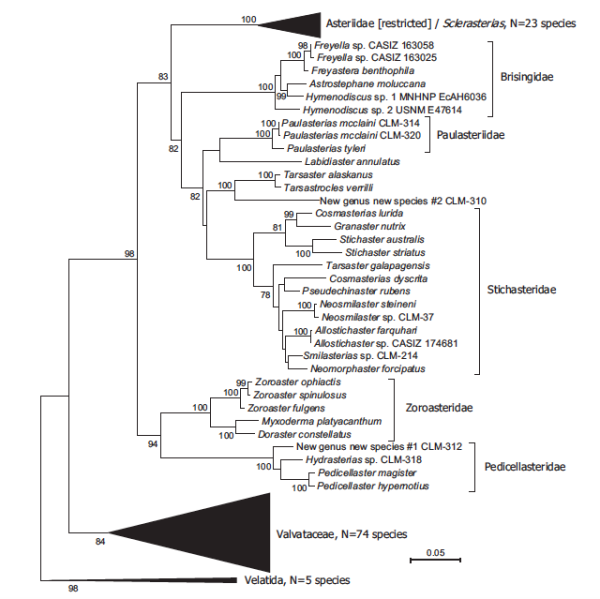 Mah, C., Linse, K., Copley, J., Marsh, L., Rogers, A., Clague, D. and Foltz, D. (2015), Description of a new family, new genus, and two new species of deep-sea Forcipulatacea (Asteroidea), including the first known sea star from hydrothermal vent habitats. Zoological Journal of the Linnean Society, 174: 93–113. doi: 10.1111/zoj.12229
Mah, C., Linse, K., Copley, J., Marsh, L., Rogers, A., Clague, D. and Foltz, D. (2015), Description of a new family, new genus, and two new species of deep-sea Forcipulatacea (Asteroidea), including the first known sea star from hydrothermal vent habitats. Zoological Journal of the Linnean Society, 174: 93–113. doi: 10.1111/zoj.12229
Share the post "These are a few of my favorite species: Paulasterias mcclaini “McClain’s 6-armed fleshy star”"


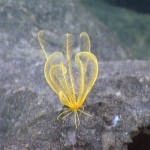
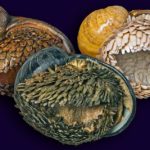



woo hoo, grats!
This is so interresting. It looks like a chew toy mixed with a slug. i love it. I hope yall discover more new things out there
P.S.: I am with the total world domination thing. Great thinking there. lol jk jk :)
~another lover of the sea
ITS SO BEAUTIFULL. It sucks that it lives in such an isolated and uninhabitable enviorment. I hope there are more things out there like it.
P.S. i love the total world domenation idea!!! lol jk jk